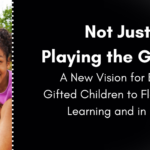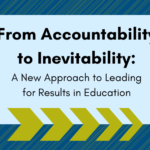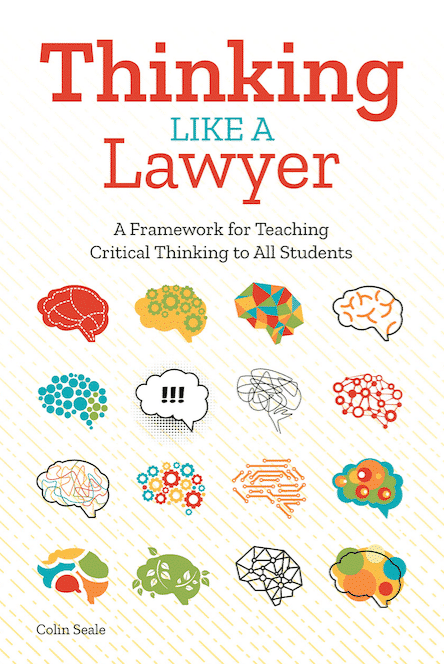Meyer Levin, or I.S. 285 as the New York City Department of Education likes to call it, was the absolute best educational experience of my life. Maybe I was/still am a weirdo, but I thought middle school was the greatest, and my 6th grade math teacher excited me so much about math that I was/still am the proudest member of the math team in my Brooklyn, NY school. So when I decided to be a teacher and had some time to observe teachers after college graduation, I came to visit Ms. Williams who was now the math department chair.
Become the teacher students go back to visit – click here to download our latest FREE lesson plan.
She taught me the most important lesson that she thought I needed to know: student engagement does not equal student learning. True, students need to be engaged to some extent to learn, but engagement for engagement’s sake doesn’t necessarily translate to meaningful learning opportunities. I had no idea what she was talking about until she showed me two math teachers who taught the same grade level and who were both teaching a lesson on averages that day.
Student Engagement is Not THE Answer
Teacher A was every student’s favorite teacher. Her class was lively, full of energy, and had lots of group work and student participation. The exhilarating mood of her classroom was so palpable that I could imagine she was a principal’s dream. But despite all her classroom’s bells and whistles, a lot of the student responses I observed in group work were incorrect. Even though several these students told me as they exited that I should teach like Teacher A, ultimately her students left class without a true understanding of the lesson’s objectives: calculating averages.
Teacher B’s classroom was far different. She had a more reserved energy and there was no “wow” factor. And she opened class with a story about watching a 60 Minutes episode where they were interviewing a South African leader during the apartheid era. At first, even I was thinking, this is 2004 in East Flatbush…why is she sharing this irrelevant story? But she went on to explain that when the reporter asked a question about South Africa’s incredible income gap the government official defensively responded by explaining that the average South African income was one of the highest in the world. Then Teacher B recalled the interviewer’s follow-up question that left the official speechless and caused a meta-physical change in every student in that classroom: “If one of your feet is a bucket of boiling water, and your other foot is in bucket of ice cold water, on average, are you comfortable?”
Like a bucket of cold water, that’s when a realization washed over me: The best teachers aren’t just engaging they are also purposeful in where that engagement leads. In my work with thinkLaw, I’ve gained an ever deeper understanding of the undeniable fact that engagement is not the same as student learning.
Engagement + Purpose = Student Success
Engaging and purposeful lesson planning go hand-in-hand. Without both we can’t get our students to achieve the objectives of the day. Teacher B’s engagement worked because it sparked intrinsic motivation. Students were intrigued to learn more about averages because she couched her lesson around a core issue of fairness and justice. Her students developed a more intuitive understanding of averages because of her bucket analogy, allowing them to estimate the answers to their average problems before performing the average formula, and her students were spot on.
The moral of this story is that when we think about designing lessons to engage our students, we must remember that is only half the battle. To help students unleash their full potential, we must combine the type of engagement that taps into our students sense of agency with a purposeful focus on learning outcomes.








Leave a Reply